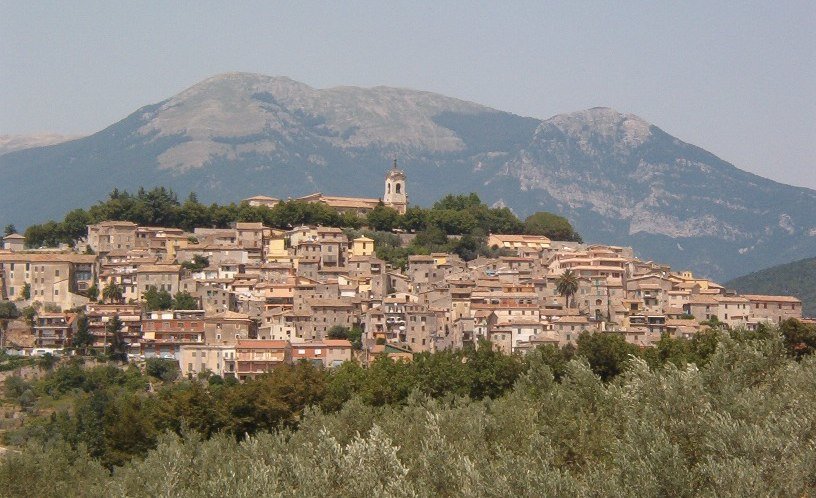Alatri is an Italian town in the province of Frosinone in Lazio, one of the main centers of Ciociaria, and one of the oldest in Lazio, the ancient Aletrium. It was one of the main cities of the Italic people of the Ernici and one of the so-called saturnian cities. It is located on the slopes of the Ernici Mountains, which form the natural border between Lazio and Abruzzo.
Alatri is known above all for the pre-Roman acropolis surrounded by megalithic walls, well preserved where the Porta Maggiore stands out for its grandeur, followed by the Porta Minore or dei Falli, but it is more generally significant heritage of monuments of architectural and artistic interest. Of note are the Romanesque-Gothic collegiate church of Santa Maria Maggiore, the concathedral basilica of San Paolo, the churches of San Francesco and San Silvestro, the proto-monastery of San Sebastiano, the nineteenth-century monumental fountains, the Gottifredo palace and the ornate Conti-Gentili palace. from a large mural sundial.
The acropolis of Alatri, called Civita, is located in the heart of the historic center, on the top of the hill. It is of considerable interest for its polygonal walls, made up of several layers of polymorphic megaliths that often reach a length of 3 meters. The perimeter of the walls is 2 km. The acropolis, in addition to the access ramp, has two doors: the Porta Maggiore and the Porta Minore or dei Falli. On a rock outcropping in the highest part of the Acropolis, in 2008 a graffiti was found representing a templum (triple enclosure), perfectly oriented astronomically. On the acropolis stands the concathedral basilica dedicated to St. Paul the apostle.
Alatri experiences in the Easter period a moment of strong tradition, a solemn moment in which the historical procession reunites with the religious one. The historical narrative involves over 500 figures, and its preparation is experienced by the entire population.
Foto: di Megalos Alexandros di Wikipedia in italiano - Pubblico dominio


